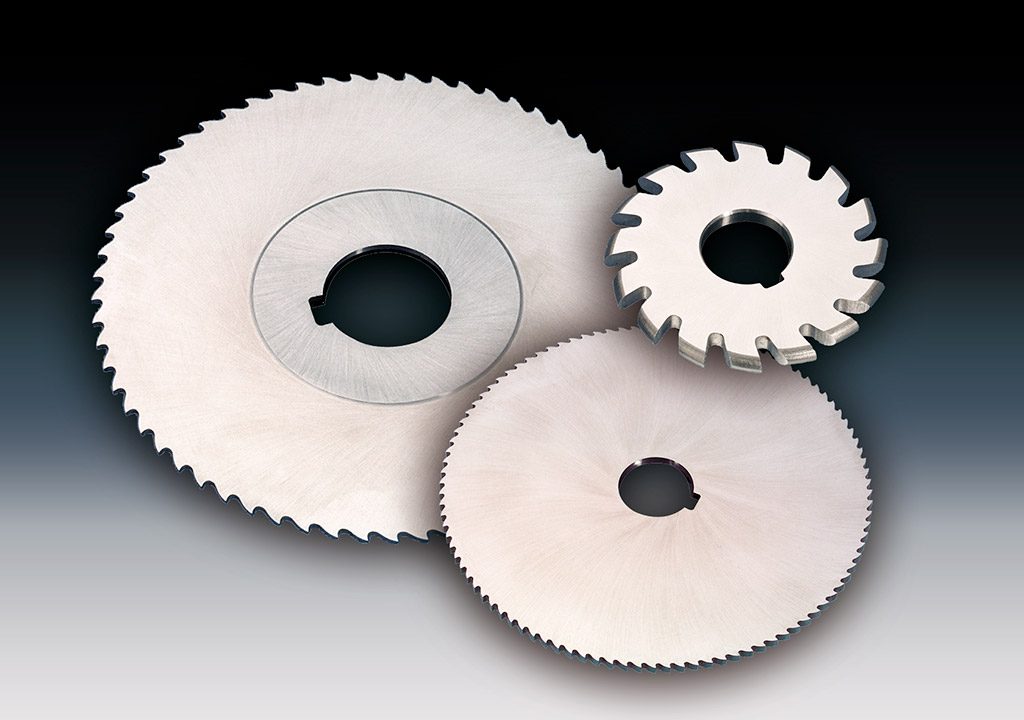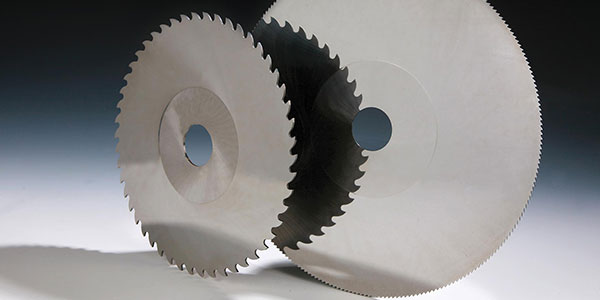How to Maintain Your Circular Saw Blades?
Circular saw blades play an essential role in the quality and precision of your cuts. To ensure a clean cut and prolong the lifespan of your blades, regular maintenance is essential. Discover why and how to maintain your blades, along with tips to optimize their performance.
Why is it important to maintain your saw blades?
A circular saw blade quickly accumulates resin, dust, and other debris during use. This can lead to reduced efficiency, less clean cuts, overheating, and even premature deterioration of the blade.
By regularly cleaning and maintaining your blades, you avoid these issues while extending their lifespan. Moreover, well-maintained blades consume less energy and require less effort to make precise cuts.
When should you act on a circular saw blade?
It is recommended to maintain your saw blades as soon as you notice a drop in performance or after every major project. If you observe visible deposits on the teeth or body of the blade, it is necessary to clean them, as they reduce cutting efficiency and increase blade wear.
Circular saws and circular knives are highly used equipment in factories for cutting metal parts. Sharpening cutting tools helps optimize or restore the original cutting precision.

Regularly sharpening your blades and circular knives is essential to maintaining their optimal performance and prolonging their lifespan. The crucial question is: when should you sharpen them? The answer depends on several factors, but here are some indicators to guide you:
- Reduced blade efficiency;
- Poor surface finish on the machined piece;
- Your tools cause burns on the material being cut or generate splinters;
- In case of regular use of your blades and circular knives.
A regularly sharpened blade will perform much better during use. A well-maintained sharp tool ensures worker safety by reducing the risks of splinters and accidents during cutting.
This complex operation requires specific expertise. Sharpening must be adapted to both the applications and the materials being machined.
Properly maintaining a circular saw blade
To maintain and prolong the life of your blades, it is important to properly clean your blades with suitable products, but also, as with all cutting tools, to ensure the tool is sharpened to guarantee the quality of the cut.
You can also protect your blades by applying a coating, which we will discuss in more detail below.
How to clean a circular saw blade?
To effectively clean a circular saw blade, it is important to remove all cutting residues such as resin, glue, or wood chips. These deposits can accumulate on the blade and affect the quality of the cut by causing additional friction, premature wear, or marks on the next machined products. Regular maintenance not only extends the life of the blade but also guarantees a cleaner, more precise cut.
What product should you use to clean your circular saw blade?
However, you must be cautious about the cleaning products used, as some coatings applied to blades can be sensitive to overly abrasive agents. For example, for a blade coated with BALINIT ALCRONA PRO (SteelMax), based on AlCrN, or BALINIT LATUMA (InoxShield), based on TiAlN, the use of gentle products is recommended to avoid altering the performance of the coating, which ensures increased resistance to wear and thermal shocks.
Resharpening the blade and teeth
When the blade’s teeth begin to dull, resharpening is essential. Our resharpening service restores a clean cut while extending the life of your blades.
Here are the necessary steps to ensure that your saw blades and circular knives regain their optimal performance after the sharpening process.
 Careful inspection
Careful inspection
Our team conducts a thorough inspection of circular saw blades and circular knives. This evaluation aims to detect any irregularities, roughness, or deformation while ensuring that these tools are suitable for the sharpening process.
Wear correction
All identified wear and alterations are corrected using a highly precise sharpening machine. This step is crucial for restoring the geometry and sharpness of the blades.
Tooth restoration
The restoration of the teeth of circular saw blades and circular knives is carried out with extreme precision. This ensures their effectiveness and longevity. We ensure that each tooth is perfectly sharpened. This phase undergoes rigorous checks to maintain high-quality standards.
Using a coating on the circular saw blade
Some blades can be equipped with specific coatings (non-stick, anti-corrosion) that reduce the accumulation of residues and improve their longevity.
Maintaining your circular saw blades is essential to preserving the quality and precision of your cuts. By following these recommendations and adopting good maintenance practices, you will ensure a longer lifespan for your tools and more efficient work. If you need further advice or a resharpening service, our team of experts is available to assist you.



